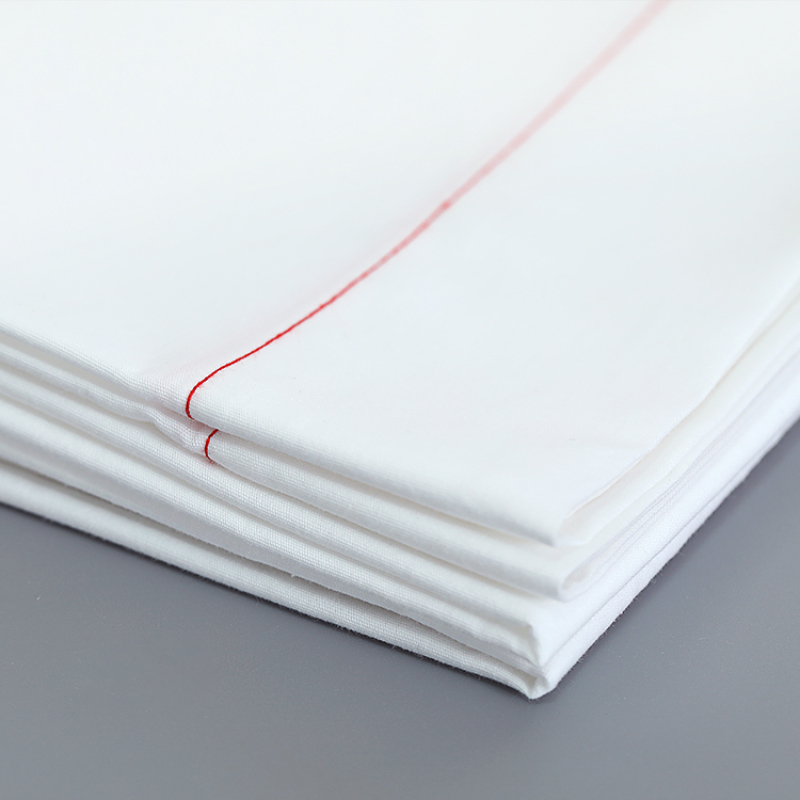These jungle plant sheets are softer than polyester or linen and are known to be wrinkle-resistant. Aside from this, bamboo sheets are durable, hypoallergenic, and breathable.
...
2025-08-14 15:18
103
 Easy to Care For Since very light duvets are generally made with washable materials, they are easy to maintain Easy to Care For Since very light duvets are generally made with washable materials, they are easy to maintain
Easy to Care For Since very light duvets are generally made with washable materials, they are easy to maintain Easy to Care For Since very light duvets are generally made with washable materials, they are easy to maintain